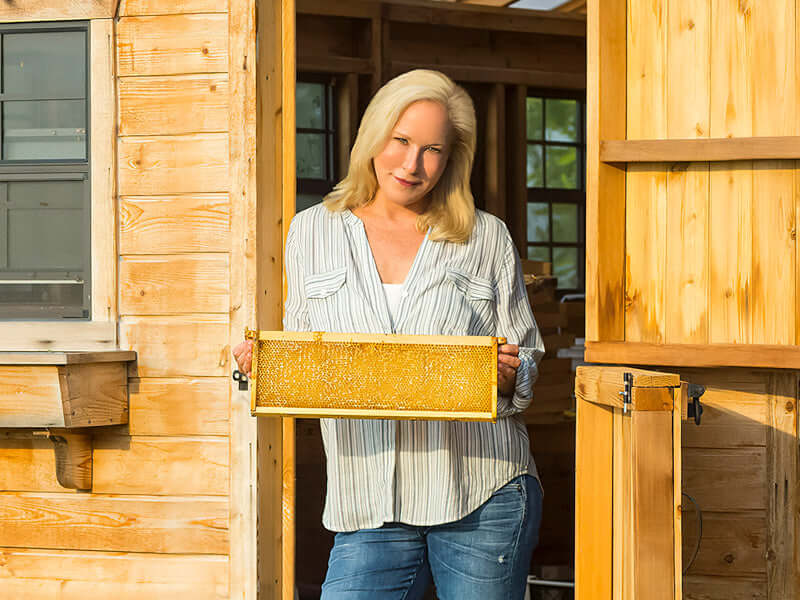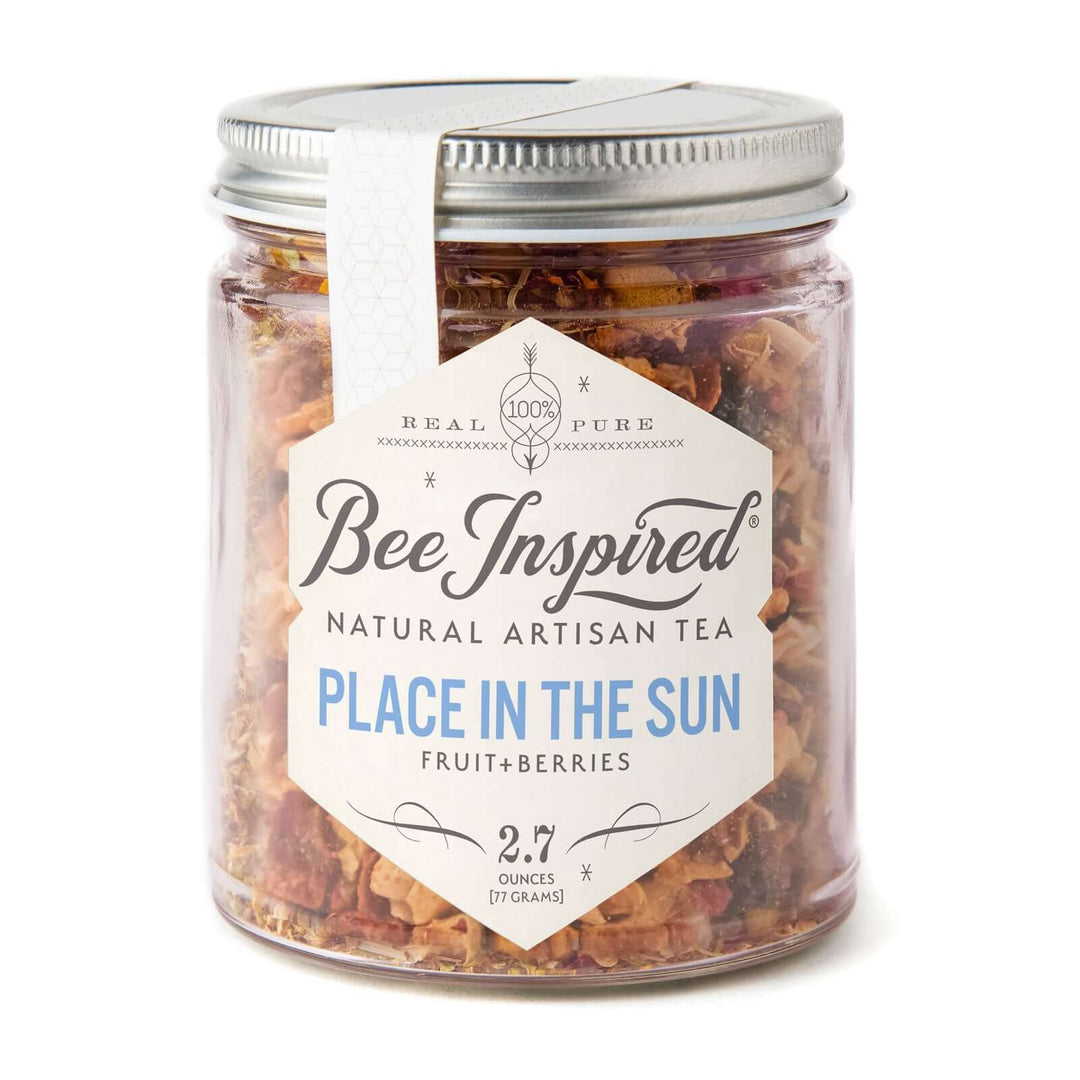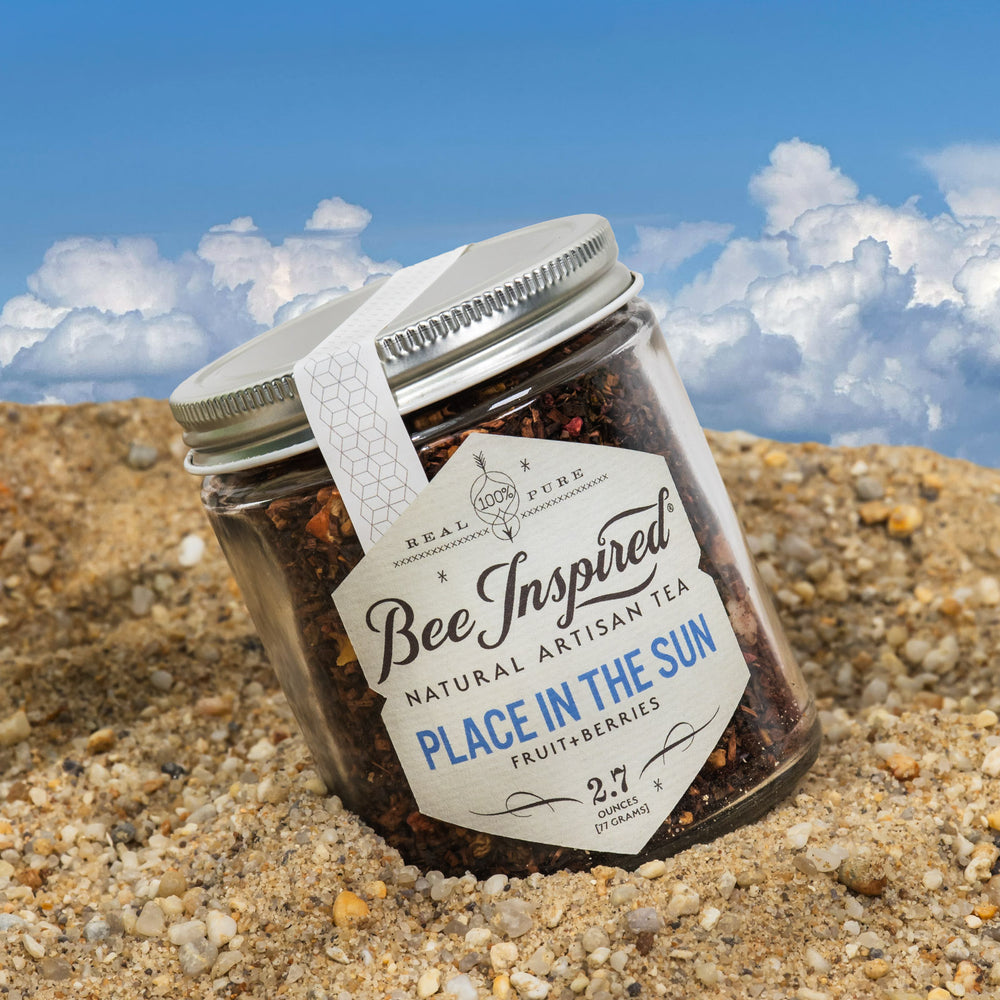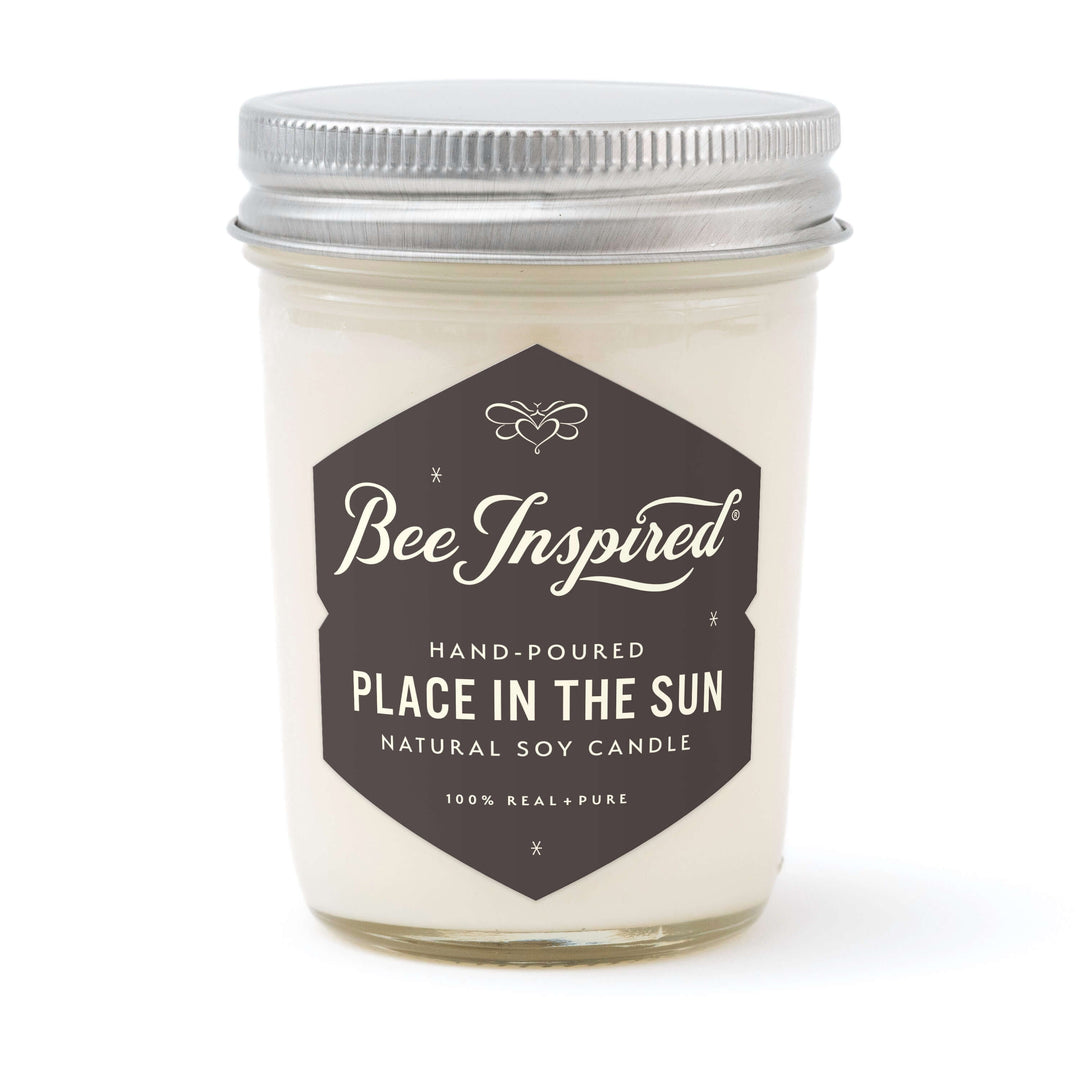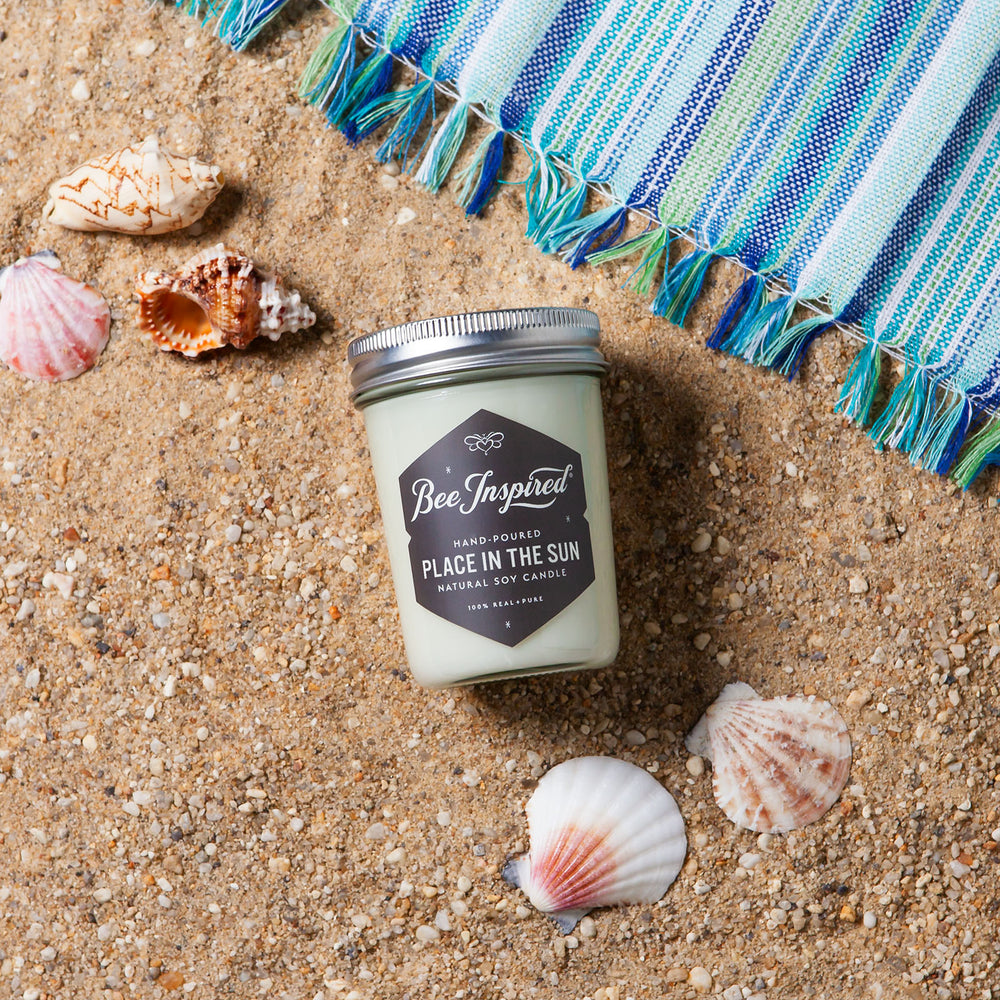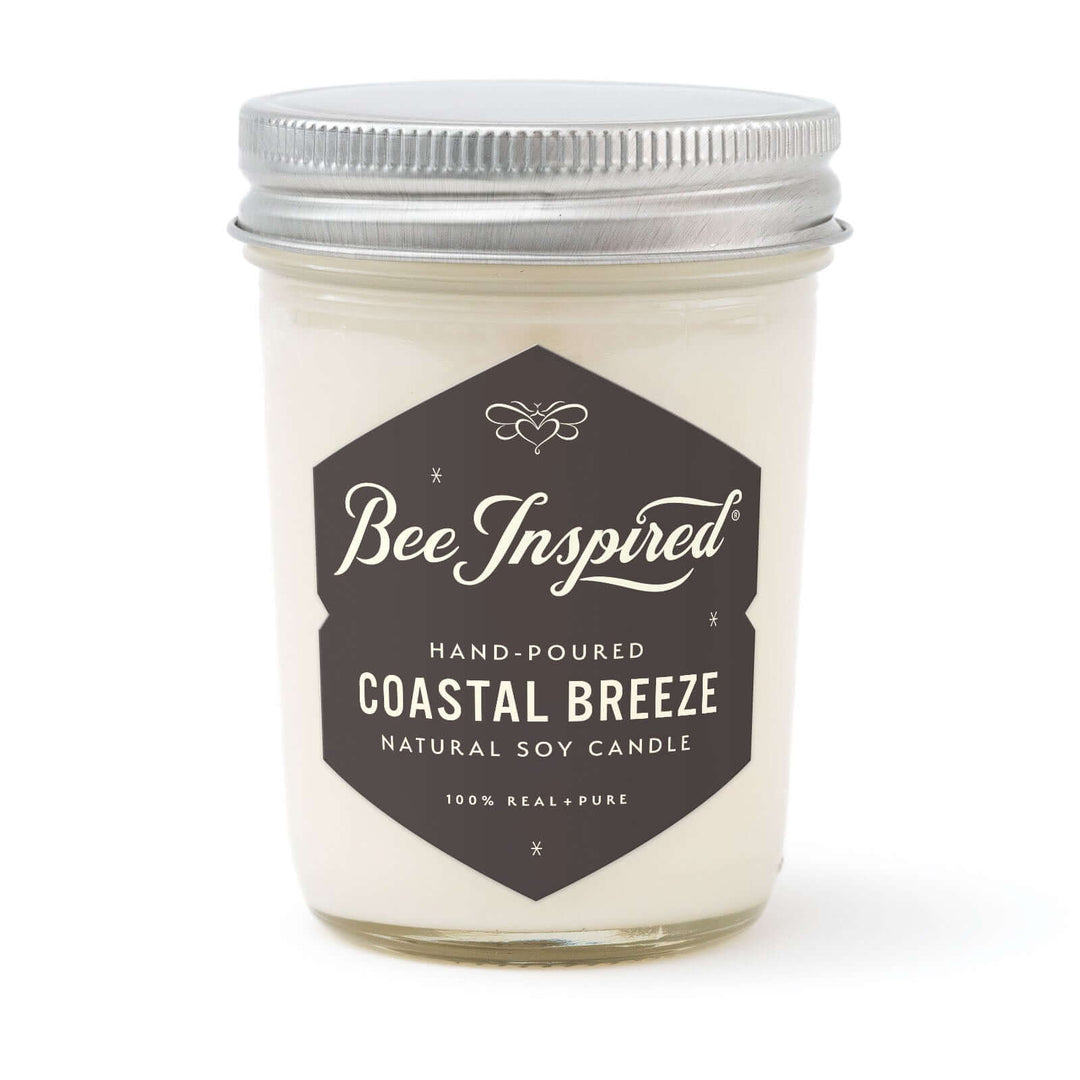In the enchanting world of gardening, few combinations are as captivating as roses and honey. These two natural wonders not only complement each other in beauty and fragrance but also in their ability to nurture and grow. Whether you're an avid gardener or a novice plant enthusiast, harnessing the power of honey to cultivate roses can transform your gardening experience. Explore the delightful synergy between roses and honey, and see how you can grow stunning roses using the natural benefits of honey. From planting tips to the science behind honey's nurturing properties, join us on this floral journey to enhance your garden with the timeless allure of roses.
Our Rose Garden collection contains the best rose products
Roses and Honey: Understanding Rose Propagation
Propagation is a fascinating horticultural technique that allows gardeners to create new rose plants from existing ones. This process involves taking a part of a parent rose plant, such as a cutting, and nurturing it until it develops into a new, independent plant. Propagation is an excellent way to expand your garden, preserve a beloved rose variety, or share plants with friends and family.
Methods of Rose Propagation
- Cuttings: This is one of the most popular methods for propagating roses. It involves taking a section of a healthy stem from a mature rose plant and planting it in soil to encourage root growth. Using raw honey as a natural rooting hormone can enhance the success rate by protecting the cutting and stimulating root development.
- Layering: This method involves bending a low-growing stem of the rose plant to the ground and covering a portion of it with soil. The buried section will eventually form roots, and once established, it can be separated from the parent plant.
- Grafting: A more advanced technique, grafting involves joining a cutting from a desired rose variety (scion) onto the rootstock of another rose plant. This method is often used to combine the best traits of two different roses.
- Seed Propagation: Although less common due to its complexity and time consumption, growing roses from seeds is possible. This method is typically used for breeding new rose varieties.
Benefits of Propagation
Propagation allows you to replicate roses with specific characteristics, such as fragrance, color, or disease resistance. It also provides an economical way to increase the number of plants in your garden without purchasing new ones. By understanding and practicing rose propagation, you can enjoy a flourishing garden filled with your favorite roses.

Our Spring Awakening Experience Set features products from our Rose Garden collection
How Honey Stimulates Rose Growth
Honey, a natural and versatile substance, plays a fascinating role in promoting the growth of roses. Its unique properties make it an excellent choice for gardeners looking to enhance their rose plants' health and vitality. Here's how honey can stimulate rose growth:
Natural Rooting Hormone
Honey acts as a natural rooting hormone, which is essential for the successful propagation of rose cuttings. Its antifungal and antibacterial properties create a protective barrier around the cutting, reducing the risk of infections. This allows the rose plant to focus its energy on developing strong roots, leading to healthier growth.
Nutrient-Rich Composition
Rich in nutrients and enzymes, honey provides essential nourishment to the rose plant. These nutrients help in the early stages of growth, ensuring that the rose cuttings receive the necessary support to develop into robust plants. The natural sugars in honey also provide an energy boost, aiding in the growth process.
Moisture Retention
Honey's sticky consistency helps retain moisture around the rose cutting, preventing it from drying out. This is particularly beneficial during the initial stages of growth when consistent moisture is crucial for root development. By maintaining a stable environment, honey ensures that the rose cuttings remain hydrated and healthy.
Encourages Beneficial Microbes
The natural properties of honey encourage the growth of beneficial microbes in the soil. These microbes play a vital role in breaking down organic matter, releasing nutrients, and improving soil structure. As a result, the rose plant benefits from a nutrient-rich environment, promoting vigorous growth and blooming.
Incorporating honey into your rose-growing routine can significantly enhance the overall health and beauty of your rose plants. By leveraging the natural benefits of honey, gardeners can enjoy thriving roses that captivate with their fragrance and charm.

Combine the power of honey and roses with our Rose Garden Body Care Duo, including a hydrating rose body butter and rose body scrub
How to Grow Roses from Cuttings Using Honey
Growing roses from cuttings is a rewarding way to propagate your favorite rose plants. One natural method involves using honey, which acts as a rooting hormone due to its antifungal and antibacterial properties. This helps protect the cutting while encouraging root growth.
Materials Needed:
- Healthy rose cuttings
- Raw honey
- A sharp knife or pruning shears
- A small jar or cup
- Potting soil
- Containers or pots
- A plastic bag or a small greenhouse
Preparing and Growing Roses with Honey:
- Select the Right Cutting: Choose a healthy rose stem from the current season's growth. It should be about 6-8 inches long with at least a few leaves and no flowers or buds. If you can't find one without, remove flowers and buds to allow the plant to focus on developing roots.
- Prepare the Cutting: Using a sharp knife or pruning shears, make a clean cut at a 45-degree angle just below a leaf node.
- Dip in Honey: Pour some raw honey into a small jar or cup. Gently dip the cut end of the rose cutting into the honey, ensuring it's well-coated. This will help stimulate root growth and protect the cutting from diseases.
- Plant the Cutting: Fill a pot with well-draining potting soil. Make a hole in the soil and gently insert the honey-coated cutting. Firmly press the soil around the cutting to secure it in place.
- Create a Humid Environment: Cover the cutting with a plastic bag or place it in a small greenhouse to maintain humidity. Ensure the plastic doesn't touch the leaves by using stakes if necessary.
- Water and Care: Keep the soil moist but not waterlogged. Place the pot in a warm, bright spot, but out of direct sunlight.
- Monitor Growth: Within a few weeks, you should see new growth, indicating that roots have developed. Once the cutting has established roots, it can be transplanted into a larger pot or directly into your garden.
By using honey, you provide your rose cuttings with a natural boost, encouraging them to grow into beautiful, healthy plants. Happy planting!

Spring Honey comes from Kara's own Chesterhaven Farm
Caring for Roses After Planting
Once you've successfully planted your rose cuttings, the journey of nurturing them into thriving, blooming plants begins. Proper care is essential to ensure that your roses remain healthy and continue to enhance your garden with their beauty and fragrance. Here's how to take care of your roses after planting:
Watering
Roses require consistent moisture, especially during their initial growth phase. Water your roses deeply once or twice a week, ensuring that the soil is evenly moist but not waterlogged. It's best to water in the morning to allow foliage to dry throughout the day, reducing the risk of fungal diseases.
Fertilizing
To promote vigorous growth and abundant blooms, feed your roses with a balanced fertilizer. Apply a slow-release granular fertilizer in early spring when new growth begins, and continue feeding every 4-6 weeks during the growing season. Be sure to follow the manufacturer's instructions for application rates.
Pruning
Pruning is crucial for maintaining the shape and health of your rose plants. Remove dead or diseased wood, and cut back any crossing branches to improve air circulation. In late winter or early spring, prune your roses to encourage strong, new growth and abundant flowering.
Mulching
Apply a layer of organic mulch around the base of your roses to retain moisture, suppress weeds, and regulate soil temperature. Mulching also adds nutrients to the soil as it breaks down, promoting healthy growth.
Pest and Disease Control
Regularly inspect your roses for signs of pests such as aphids, spider mites, or black spot. Use organic insecticidal soap or neem oil to control infestations, and remove any affected leaves to prevent the spread of disease. Ensuring good air circulation and avoiding overhead watering can help minimize disease risk.
Support and Training
As your roses grow, they may require support, especially if they are climbing varieties. Use stakes or trellises to provide support and gently train the canes in the desired direction.
Seasonal Care
In colder climates, protect your roses during winter by covering the base with mulch or straw. In spring, remove the winter protection to allow new growth to emerge. Just like roses, we should also be living seasonally too! Blossom into the spring season with roses and our Spring Awakening collection.
By following these care tips, you can ensure that your roses remain healthy, vibrant, and a stunning focal point in your garden. With a little attention and care, your roses will reward you with beautiful blooms season after season.

Our nourishing Rose Garden Face Oil is a lightweight way to lock in moisture
Roses and Their Role in Attracting Pollinators
Roses are not only beloved for their beauty and fragrance but also play a vital role in attracting pollinators to your garden. These stunning flowers, with their vibrant colors and enticing scents, serve as a beacon for various pollinators, including bees, butterflies, and hummingbirds. The power of the rose is truly astonishing. Here's how roses can help bring these essential creatures to your garden:
Colorful Attraction
Roses come in a wide array of colors, from soft pastels to bold, vibrant hues. These colors are particularly attractive to pollinators like bees and butterflies, which are drawn to bright and contrasting shades. The visual appeal of roses acts as a natural lure, inviting these pollinators to visit and explore the flowers.
Fragrance as a Lure
The sweet, intoxicating fragrance of roses is another powerful attractant for pollinators. The scent of roses is especially alluring to bees, which rely on their keen sense of smell to locate flowers rich in nectar. By planting fragrant rose varieties, you can create an aromatic haven that entices and supports pollinators.
Nectar and Pollen
Roses provide an abundant source of nectar and pollen, essential food sources for pollinators. Bees, in particular, are drawn to roses for their pollen, which they collect and use to feed their colonies. By offering a rich supply of these resources, roses support the health and vitality of pollinator populations.
Structural Design
The structure of rose flowers is also conducive to pollination. Many rose varieties have open, accessible blooms, making it easy for pollinators to reach the nectar and pollen. This accessibility ensures that pollinators can efficiently gather the resources they need while simultaneously aiding in the pollination process.
Creating a Pollinator-Friendly Garden
To maximize the pollinator-attracting potential of your roses, consider planting a diverse range of rose varieties alongside other pollinator-friendly plants. Incorporating a mix of colors, scents, and bloom times will provide a continuous source of nourishment for pollinators throughout the growing season.
By understanding and utilizing the natural allure of roses, you can create a garden that not only captivates the senses but also supports and sustains a thriving pollinator ecosystem. Embrace the beauty and ecological benefits of roses, and watch your garden come alive with the fluttering and buzzing of grateful pollinators.
Ways to Use Your Home Grown Rose Petals with Honey
Growing your own roses offers the delightful opportunity to use fresh rose petals in various creative and beneficial ways. When combined with honey, these rose petals can enhance your culinary and wellness experiences. Gently tug your petals from your new plants, and check out these innovative ways to use your home-grown rose petals with honey:
Rose Petal Honey
Infuse your raw honey with freshly harvested rose petals to create a fragrant and flavorful herbal honey. Simply add cleaned rose petals to a jar of local honey, seal it, and let it sit for a few weeks. This rose infused honey can be drizzled over desserts, toast, or yogurt for a floral twist. Try it in cocktails like our Sweetheart Martini.
Rose and Honey Tea
Create a soothing tea by steeping dried rose petals in hot water and adding a spoonful of rose petal honey. This aromatic beverage not only tastes delightful but also offers calming properties, making it a perfect drink for relaxation.

Our Good Night Tea is an herbal blend made with chamomile and rose petals
Rose Honey Syrup
Make a sweet syrup by simmering rose petals with honey and water. This honey syrup can be used to flavor drinks, desserts, or even as a glaze for baked goods. Its delicate floral notes add a unique touch to any dish.
Rose Honey Face Mask
Combine rose petals and honey to create a nourishing face mask. Crush fresh rose petals and mix them with honey to form a paste. Apply it to your face for a natural and rejuvenating rose skincare treatment that hydrates and softens the skin.
Rose Honey Salad Dressing
Whisk together rose petal honey, olive oil, and vinegar for a floral-infused salad dressing. This dressing pairs beautifully with fresh greens, adding a hint of sweetness and fragrance to your salads.
Rose Honey Glazed Chicken
For a savory option, use rose petal honey to glaze chicken or other meats. The combination of sweet honey and floral rose petals adds depth and complexity to your dishes, making them a memorable culinary experience to eat.
By incorporating rose petals with honey into your recipes and wellness routines, you can enjoy the natural beauty and benefits of these ingredients. Whether in food, drinks, or skincare, the combination of roses and honey is sure to enchant and elevate your daily life.
Embrace the Magic of Roses and Honey
Incorporating roses and honey into your gardening and daily life opens up a world of beauty, fragrance, and nourishment. From enhancing your garden with thriving rose plants to creating delightful recipes and wellness treatments, the synergy between these two natural wonders is truly enchanting. By understanding the benefits of honey in rose propagation and exploring creative ways to use rose petals, you can transform your garden and home into a haven of floral elegance and health. Embrace the timeless allure of roses and honey, and let their magic fill your world with vibrant blooms and sweet flavors. Happy gardening and enjoy the sweet rewards of your efforts!






